· Targeting the neonatal Fc receptor (FcRn) presents an innovative and potentially more effective, safer, and more convenient alternative for clearing pathogenic IgGs METHODS A randomized, doubleblind, placebocontrolled firstinhuman study was conducted in 62 healthy volunteers to explore single and multiple ascending intravenous doses of the FcRn antagonistEin atypischer FcγRezeptor ist der neonatale FcRezeptor (FcRnRezeptor), der strukturell der MHCKlasse I ähnelt Desweiteren gibt es noch FcεRezeptoren für IgE und FcμRezeptoren für IgM Diese Rezeptortypen lassen sich wiederum in Subtypen unterteilen, die sich in ihrem Vorkommen und in ihrer Funktion unterscheiden 3 Effektorfunktionen · The neonatal Fc receptor for IgG (FcRn) plays a major role in regulating host IgG levels and transporting IgG and associated antigens across polarized epithelial barriers Selective expression of FcRn in the epithelium is shown here to be associated with secretion of IgG into the lumen that allows for defense against an epitheliumassociated pathogen
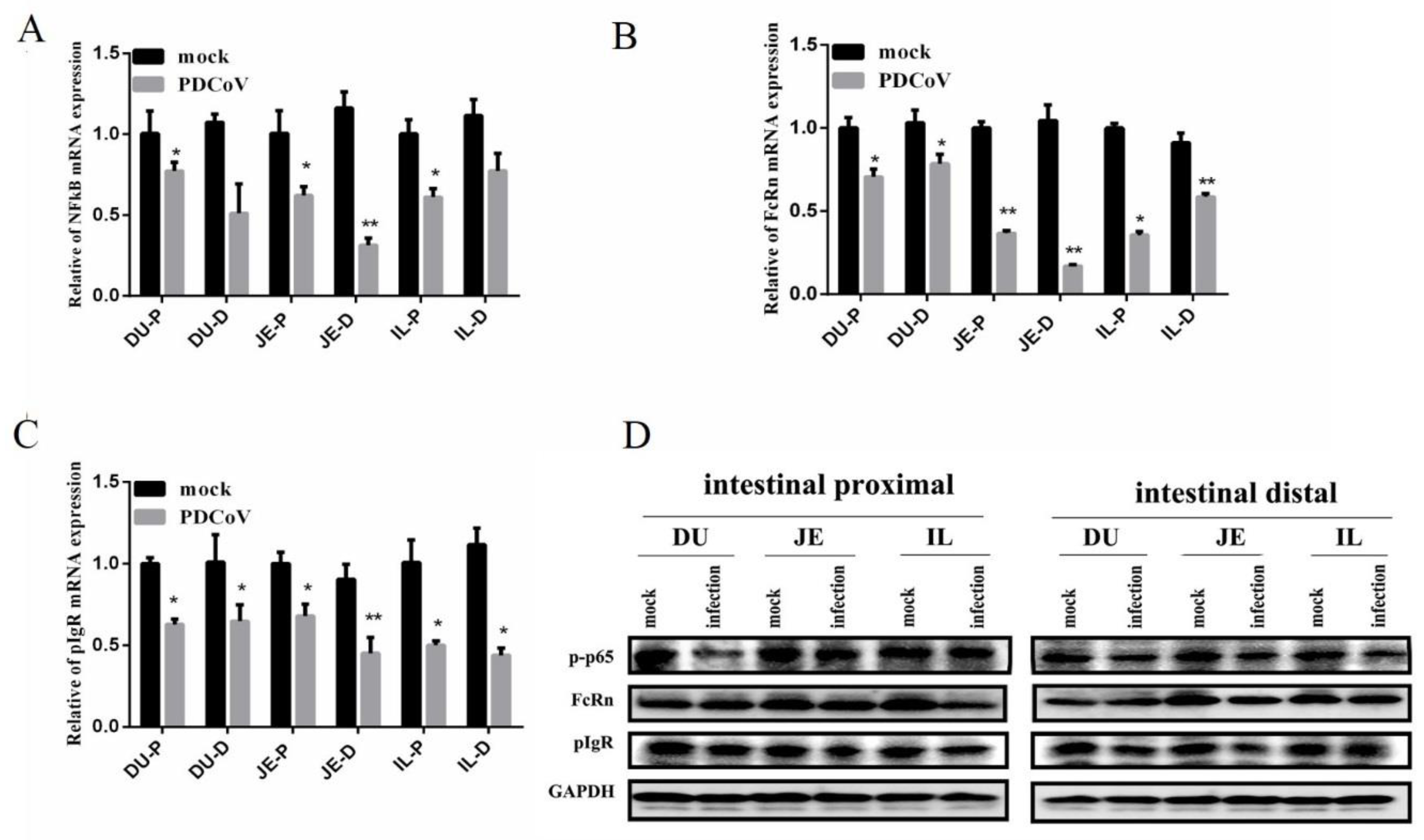
Viruses Free Full Text Isolation And Identification Of Porcine Deltacoronavirus And Alteration Of Immunoglobulin Transport Receptors In The Intestinal Mucosa Of Pdcov Infected Piglets
Neonatal fc receptor inhibition
Neonatal fc receptor inhibition-FcRn interaction with the Fc portion of IgG occurs at the CH2 and CH3 domain interface, and involves the IgG Fc residue Ile253, and two central histidines His310 and His435Increasing the affinity of a human IgG1 for the neonatal Fc receptor biological consequences J Immunol 169, 5171–5180 Dall'Acqua, WF, Kiener, PA, and Wu, H (06) Properties of human IgG1s engineered for enhanced binding to the neonatal Fc receptor (FcRn) The Journal of Biological Chemistry 281, –



Neonatal Fc Receptor Fcrn Reagents Immunitrack
FcRB, Fc receptor Brambell;FcRp, Fc receptor protective;Neonatal Fc receptor FcRn is involved in intracellular transport of the Fc fusion protein aflibercept and its transition through retinal endothelial cells dctitle Ressourcentyp Wissenschaftlicher Artikel
MHC, Major Histocompatibility Complex Although studies with early β2‐microglobulin deficient mice and humans with mutations in β2‐microglobulin confirmed that FcRn was essential for the long half‐life of IgG, this deficiency altered many additional immunological parameters related to MHC class I · Oral delivery of single chain and heterodimer FSH–Fc Neonatal rats were given a single oral dose (03 mg/kg) of single chain or heterodimer FSH–Fc Blood was collected at various times after administration, and serum levels of each protein measured with an FSH/Fc sandwich ELISA n=4/timepointThe neonatal Fc receptor (FcRn), also known as the Brambell receptor and encoded by Fcgrt, is a MHC class I like molecule that functions to protect IgG and albumin from catabolism, mediates transport of IgG across epithelial cells, and is involved
Introduction It was F W Rogers Brambell who first proposed the idea of a fragment crystallizable (Fc) receptor system for Immunoglobulin G (IgG) after investigating the passage of maternal antibodies to fetuses and neonates ()However, the identity of the specific receptor mediating this transfer, the neonatal Fc receptor (FcRn), remained unknown for nearly 30 more years by which„neonatal" bezieht sich auf das Vorkommen und der erstmaligen Isolation des Rezeptors aus dem Darm neugeborener Ratten durch Jones und Waldmann (Jones & Waldman 1972, Junghans 1997) Junghans schlug darüber hinaus FcRB (= BrambellRezeptor) zu Ehren des Erstbeschreibers des Rezeptors, Francis WilliamCareful regulation of the body's immunoglobulin G (IgG) and albumin concentrations is necessitated by the importance of their respective functions As such, the neonatal Fc receptor (FcRn), as a single receptor, is capable of regulating both of



Viruses Free Full Text Isolation And Identification Of Porcine Deltacoronavirus And Alteration Of Immunoglobulin Transport Receptors In The Intestinal Mucosa Of Pdcov Infected Piglets
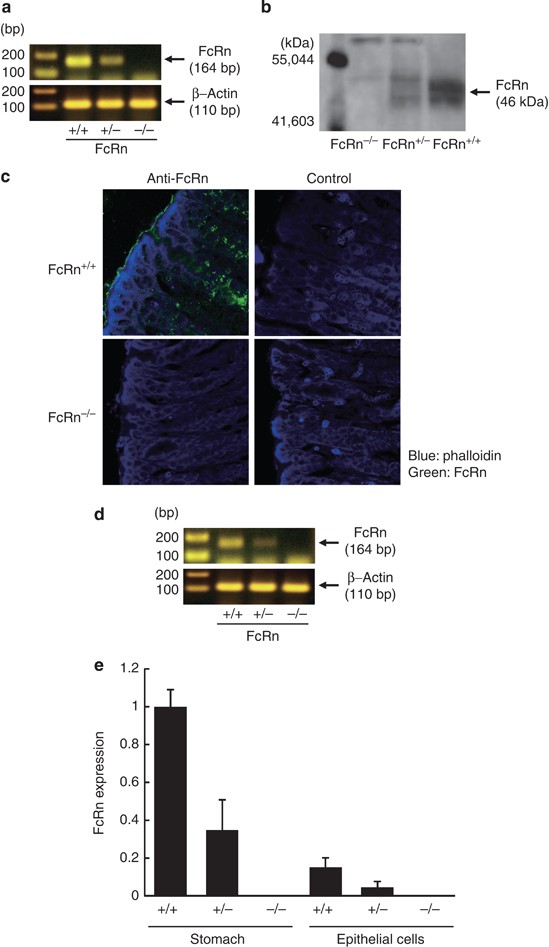


Neonatal Fc Receptor For Igg Fcrn Expressed In The Gastric Epithelium Regulates Bacterial Infection In Mice Mucosal Immunology
The neonatal Fc receptor (FcRn) is a homeostatic receptor responsible for prolonging immunoglobulin G (IgG) halflife by protecting it from lysosomal degradation and recycling it to systemic circulation Tissuespecific FcRn expression is a critical parameter in physiologicallybased pharmacokineticReceptor, Fc neonatal Add Pharm Action Registry Number TW3XAW0RCY CAS Type 1 Name NLM Classification # Previous Indexing See Also Consider Also Public MeSH Note Online Note History Note Entry Combination Heading Mapped to *Receptors, Fc *Histocompatibility Antigens Class I Frequency 556 Note transcytoses IgG antibodies across enterocytes of proximal intestine toThe long circulatory halflife of albumin facilitated by the interaction with the cellular recycling neonatal Fc receptor (FcRn) is utilized for drug halflife extension FcRn engagement effects following covalent attachment of cargo to cysteine 34, however, have not been investigated Poly(ethylene glycol) polymers were used to study the influence of cargo molecular weight on



Structure Of The Extracellular Part Of The Neonatal Fc Receptor Fcrn Download Scientific Diagram



Mouse Neonatal Fc Receptor Fcrn Elisa Kit Innovative Research
Neonataler FcRezeptor 1 Definition Der neonatale FcRezeptor, kurz FcRnRezeptor ist ein FcRezeptor, der biochemisch einem Molekül der 2 Genetik Der neonatale FcRezeptor wird durch das FCGRTGen auf Chromosom 19 an Genlokus 19q133 kodiert 3 Biochemie Der FcRnRezeptor besteht aus einerThe neonatal Fc receptor (FcRn) mediates immunoglobulin G (IgG) transport across polarized epithelial barriers ( 7,8) It was discovered as the receptor in the neonatal intestin e that transports IgG in breast milk from mother to offspring (9) However, FcRn is expressed into adulthood atlevels similarto fetalexpression in the apical region of epithelialcells in the small intestine and diffFcRn, neonatal Fc receptor;



Importance Of Neonatal Fcr In Regulating The Serum Half Life Of Therapeutic Proteins Containing The Fc Domain Of Human Igg1 A Comparative Study Of The Affinity Of Monoclonal Antibodies And Fc Fusion Proteins To
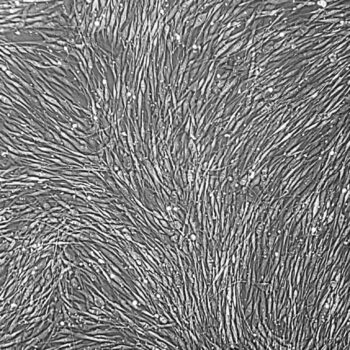


Human Dermal Fibroblasts Neonatal Xeno Free
Neonatal Co 384 likes · 1 talking about this Protected, the cute way · The neonatal Fc receptor for IgG (FcRn) is responsible for the transfer of passive humoral immunity from the mother to the newborn in rodents andDiverse Zellen exprimieren Rezeptoren Dies sind Rezeptoren für die konstanten Anteile der Immunglobuline FcRn ist in verschiedenen Organen exprimiert und f



The Neonatal Fc Receptor Fcrn As A Target For Drug Delivery And Therapy Abstract Europe Pmc



Alexion To Acquire Syntimmune For Antibody Therapeutics Targeting The Neonatal Fc Receptor Fcrn Pharmashots
The neonatal Fc receptor (FCRN) is an approximately 45 kDa transmembrane glycoprotein with structural homology to MHC class I proteins It is widely expressed in endothelial and epithelial cells and plays an important role in IgG homeostasis and antigen presentation by dendritic cells (1, 2) Mature human FCRN consists of a 274 amino acid (aa) extracellular domain (ECD) with two N„Fc" bezeichnet das kristallisierbare Fragment des IgGMoleküls;Abstract The neonatal Fc receptor for IgG (FcRn) has been well characterized in the transfer of passive humoral immunity from a mother to her fetus In addition, throughout life, FcRn protects IgG from degradation, thereby explaining the long halflife of this class of antibody in the serum In recent years, it has become clear that FcRn is expressed in various sites in adults, where its



Neonatal Fc Receptor An Overview Sciencedirect Topics



Protein Text Antibody Immunoglobulin G Fc Receptor Beta2 Microglobulin Cell Neonatal Fc Receptor Human Protein Antibody Immunoglobulin G Png Pngwing
A Fc receptor is a protein found on the surface of certain cells – including, among others, B lymphocytes, follicular dendritic cells, natural killer cells, macrophages, neutrophils, eosinophils, basophils, human platelets, and mast cells – that contribute to the protective functions of the immune systemIts name is derived from its binding specificity for a part of an antibody known asNeonatal Fc Receptor From Immunity to Therapeutics Timothy T Kuo & Kristi Baker & Masaru Yoshida & ShuoWang Qiao & Victoria G Aveson & Wayne I Lencer & Richard S Blumberg Received 10 September 10 /Accepted 14 September 10 /Published online 1 October 10 # The Author(s) 10 This article is published with open access at Springerlinkcom Abstract The neonatal FcCell surface receptor that transfers passive humoral immunity from the mother to the newborn Binds to the Fc region of monomeric immunoglobulin gamma and mediates its selective uptake from milk (PubMed) IgG in the milk is bound at the apical surface of the intestinal epithelium The resultant FcRnIgG complexes are transcytosed across the intestinal epithelium and IgG is
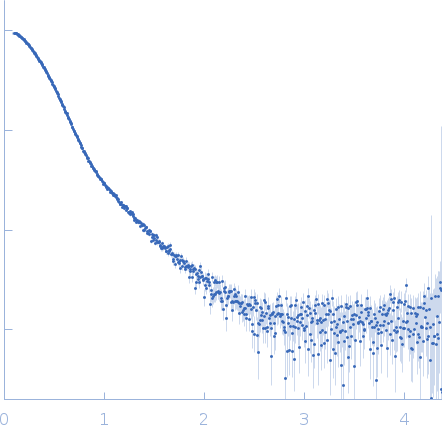


Sasdf22 Ternary Complex Of Fcrn Ectodomain Fcrn Binding Optimised Human Serum Albumin And The Human Growth Hormone Derivative Somapacitan


Neonatal Fc Receptor Binding Tolerance Toward The Covalent Conjugation Of Payloads To Cysteine 34 Of Human Albumin Variants Precision Polymerics
1100 · Over the past decade, numerous mAbs against neoplastic and infectious diseases that are currently in the clinic or in clinical testing have been engineered to exhibit altered FcγR and neonatal FcFc domains and CH3 domains are disclosed that bind the neonatal Fc (FcRn) receptor and are at least 99% monomeric Utilisations du récepteur Fc néonatal Uses of the FcRn receptor la présente invention concerne, entre autres, des protéines qui se lient au récepteur fc néonatal, par exemple, des immunoglobulines qui inhibent le récepteur fc néonatal avec une affinité et uneNeonatal Fcreceptor Gene N/A Organism Homo sapiens (Human) Status UnreviewedAnnotation score Protein predicted i Function i Keywords i Molecular function Receptor Imported Names & Taxonomy i Protein names i Submitted name Neonatal Fc



Characterization And Localization Of The Neonatal Fc Receptor In Adult Human Kidney American Society Of Nephrology



Fcrn The Neonatal Fc Receptor Comes Of Age Researchgate
· Nanoparticles are poised to have a tremendous impact on the treatment of many diseases, but their broad application is limited because currently they can only be administered by parenteral methods Oral administration of nanoparticles is preferred but remains a challenge because transport across the intestinal epithelium is limited We show that nanoparticles targeted to the neonatal FcThe neonatal Fc receptor (FcRn) was initially identified as an immunoglobulin G (IgG) receptor in the intestinal epithelial cells of neonatal rodents (Simister and Rees, 1985) FcRn transports IgG from the maternal milk across the mucosal layer and releases it into blood of neonatal rodents to endow passive immunity (transcytosis)The socalled neonatal Fc receptor (FcRn) is a cell surface glycoprotein which is a major IgG Fc receptor capable of facilitating the translocation of IgG Recent evidence suggests that FcRn is a key and promising target in IgGrelated drug delivery and disease therapy Besides acting as the receptor of IgG, FcRn is also a natural receptor of albumin Eyre et al found that mouse and



Transcytosis And Recycling Of Iggs In The Nasal Mucosa Mediated By The Download Scientific Diagram
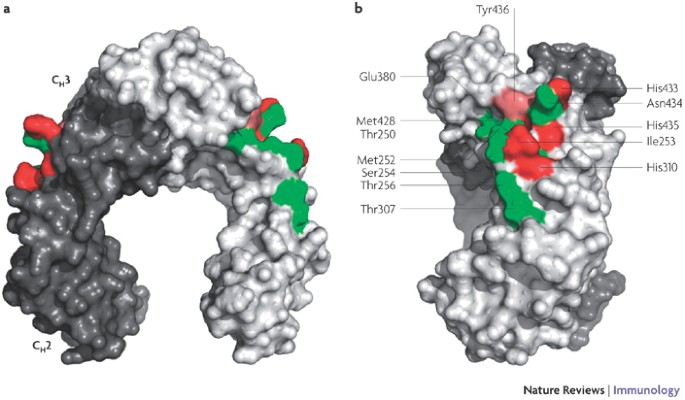


Fcrn The Neonatal Fc Receptor Comes Of Age Nature Reviews Immunology
· The neonatal Fc receptor (FcRn) is a major factor regulating the serum levels of IgG antibodies While FcRnmediated halflife extension is beneficial for IgG antibody responses against pathogens, it also prolongs the serum halflife of IgG autoantibodies and thus promotes tissue damage in autoimmune diseases In the present review article, we examine current evidence onThe neonatal Fc receptor (FcRn) has been initially identified as the receptor involved in the IgG transmission from mother to offspring 10, 11 Subsequently, it has been shown that FcRn is expressed in many tissues and cell types beyond neonatal life 12 , including polarized epithelia (intestines, lung, breast, kidney) as well as parenchymal cells (hepatocytes, endothelial cells andDer neugeborene FcRezeptor (auch FcRn , IgGRezeptor FcRn große Untereinheit p51 oder Brambell Rezeptor) ist ein Protein , das beim Menschen vom FCGRT Gen kodiert wirdEs ist ein FcRezeptor, der in seiner Struktur dem MHCKlasseI Molekül ähnlich ist und auch mit Beta2Mikroglobulin assoziiert Weitere Studien zeigten einen ähnlichen Rezeptor beim Menschen, was



Dissection Of The Neonatal Fc Receptor Fcrn Albumin Interface Using Mutagenesis And Anti Fcrn Albumin Blocking Antibodies Journal Of Biological Chemistry



The Neonatal Fc Receptor In Cancer Fcrn In Cancer Researcher An App For Academics
· Regulation of the Human FcNeonatal Receptor alphaChain Gene FCGRT by MicroRNA3181 Ferguson DC(1), Blanco JG(2) Author information (1)Department of Pharmaceutical Sciences, School of Pharmacy and Pharmaceutical Sciences, University at Buffalo, The State University of New York, 470 Kapoor Hall, Buffalo, New York, , USAThe neonatal IgG‐Fc receptor (FcRn) is a heterodimeric protein, whose existence was hypothesized way before its formal biochemical identification 1, 2 Brambell, who was the first to suggest its existence, initially thought that IgG and albumin salvage and recycling could each depend on distinct mechanisms, which is not the caseStudies have explored targeting the neonatal Fc receptor (FcRn), as it plays a critical role in gMG by prolonging the halflife of IgG antibodies, including pathogenic antibodies 5,6 SEE MORE Managing gMG may unleash serious consequences 3,4 Learn more about the implications for patients' physical and psychological wellbeing GET THE FACTS References 1 Gotterer L, Li Y



Interaction With Both Domain I And Iii Of Albumin Is Required For Optimal Ph Dependent Binding To The Neonatal Fc Receptor Fcrn Journal Of Biological Chemistry


Plos Biology Insight Into Small Molecule Binding To The Neonatal Fc Receptor By X Ray Crystallography And 100 Khz Magic Angle Spinning Nmr
Here, we identified neonatal Fc receptor (FcRn) as a universal uncoating receptor for a large group of EVB viruses by CRISPRCas9 library screening As an immune factor, FcRn is hijacked by the virus as its uncoating receptor FcRnmediated uncoating was confirmed by FcRndecorated liposome experiments We also determined a series of highresolution cryoEM structures ofZiel dieser Arbeit war die Analyse der Interaktion von Albumin mit dem neonatalen FcRezeptor und den Einfluss von Mutationen in Albumin auf die Halbwertszeit von AntikörperAlbuminFusionsproteinen zu untersuchen Dazu wurden verschiedene Punktmutanten von MSA als Fusionsproteine hergestellt und deren Halbwertszeit in vivo analysiert Die Mutationen derPDF On Feb 19, 15, Jonathan T Sockolosky and others published The neonatal Fc receptor, FcRn, as a target for drug delivery and therapy Find, read and cite all the research you need on



Neonatal Fc Receptor Fcrn Reagents Immunitrack
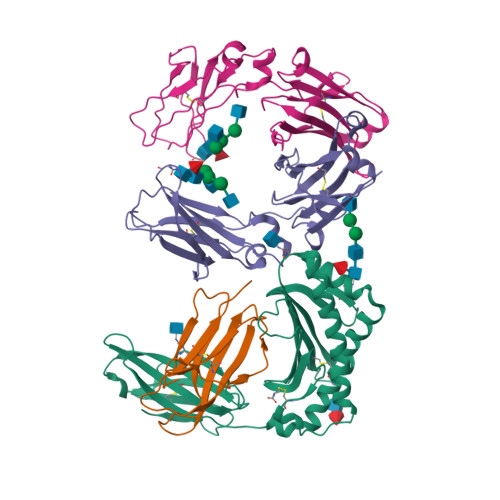


Rcsb Pdb 1i1a Crystal Structure Of The Neonatal Fc Receptor Complexed With A Heterodimeric Fc
Neonatal Fc receptor binds IgG at acidic pH of (Echoviruses are associated with aseptic meningitis and induce severe and sometimes fatal disease in neonates and young infants Here, we identify the neonatal Fc receptor (FcRn) as a panechovirus receptor FcRn is expressed on the surface of the human placenta, and throughout life on intestinal enterocytes, liver hepatocytes, and in the microvascular endothelial cells that line theThe IUPHAR/BPS Guide to Pharmacology Fc fragment of IgG receptor and transporter Immunoglobulin C1set domaincontaining proteins Detailed annotation on the structure, function, physiology, pharmacology and clinical relevance of drug targets
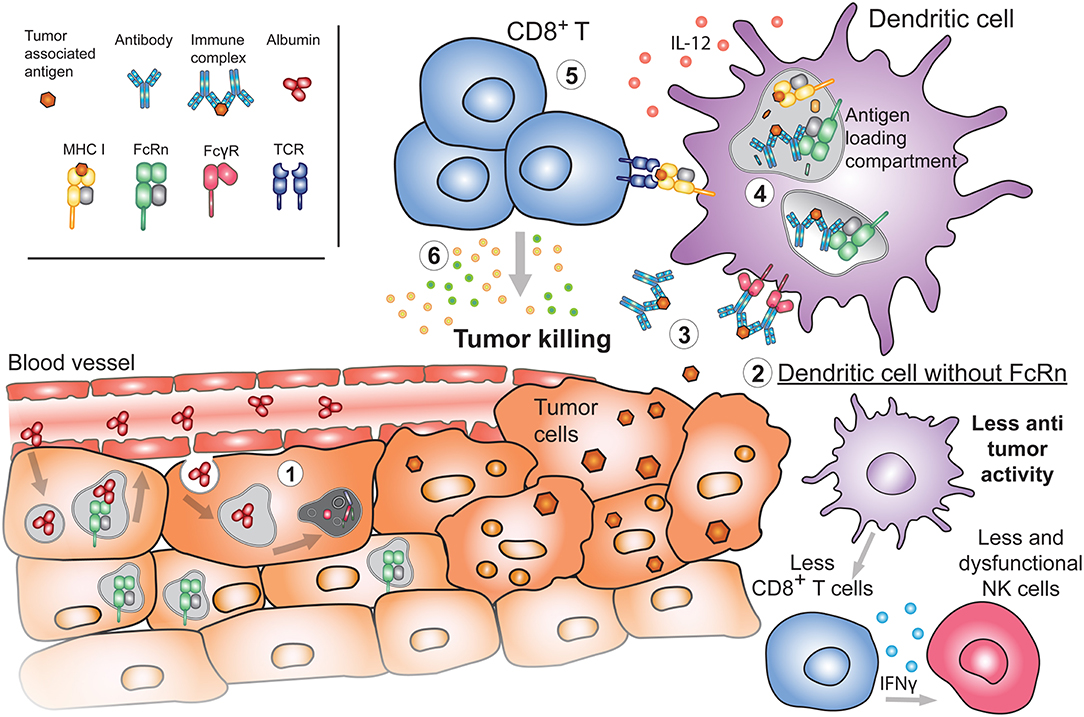


Frontiers The Neonatal Fc Receptor Fcrn A Misnomer Immunology



The Neonatal Fc Receptor Key To Homeostasic Control Of Igg And Igg Related Biopharmaceuticals Baldwin 19 American Journal Of Transplantation Wiley Online Library
Dissection of the neonatal Fc receptor (FcRn)albumin interface using mutagenesis and antiFcRn albuminblocking antibodies J Biol Chem 14 Jun 13;2(24) doi /jbcM Epub 14 Apr 24 Authors Kine Marita Knudsen
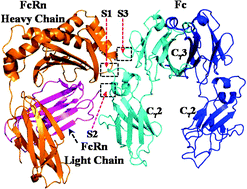


Binding Structures And Energies Of The Human Neonatal Fc Receptor With Human Fc And Its Mutants By Molecular Modeling And Dynamics Simulations Molecular Biosystems Rsc Publishing


Plos Pathogens Maternal Gatekeepers How Maternal Antibody Fc Characteristics Influence Passive Transfer And Infant Protection


1frt Crystal Structure Of The Complex Of Rat Neonatal Fc Receptor With Fc



Direct Demonstration Of A Neonatal Fc Receptor Fcrn Driven Endosomal Sorting Pathway For Cellular Recycling Of Albumin Journal Of Biological Chemistry


Differential Trafficking Of Albumin And Igg Facilitated By The Neonatal Fc Receptor In Podocytes In Vitro And In Vivo
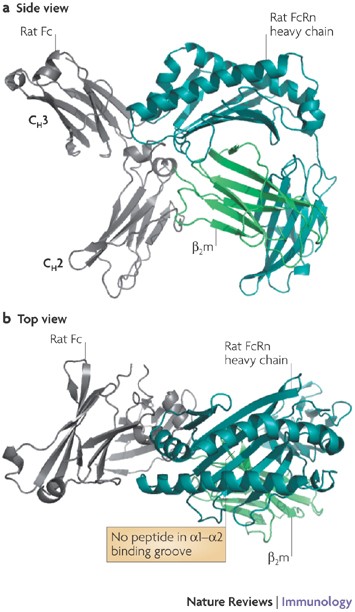


Fcrn The Neonatal Fc Receptor Comes Of Age Nature Reviews Immunology



Extending Half Life By Indirect Targeting Of The Neonatal Fc Receptor Fcrn Using A Minimal Albumin Binding Domain Journal Of Biological Chemistry



Lumit Fcrn Binding Immunoassay



Role Of Neonatal Fc Receptor Fcrn In Experimental Lung Metastasis Download Scientific Diagram



Neonatal Fc Receptor Wikipedia Republished Wiki 2


Plos Biology Insight Into Small Molecule Binding To The Neonatal Fc Receptor By X Ray Crystallography And 100 Khz Magic Angle Spinning Nmr



Neonatal Fc Receptor Antagonists Archives Cmaxinsight



Fmp Berlin Small Molecule Binding To The Neonatal Fc Receptor



The Neonatal Fc Receptor Fcrn As A Target For Drug Delivery And Therapy Abstract Europe Pmc



Schematic Of The Structure Of Human Immunoglobulin G A And The Download Scientific Diagram



Critical Role Of The Neonatal Fc Receptor Fcrn In The Pathogenic Action Of Antimitochondrial Autoantibodies Synergizing With Anti Desmoglein Autoantibodies In Pemphigus Vulgaris Journal Of Biological Chemistry



A Neonatal Fc Receptor Targeted Mucosal Vaccine Strategy Effectively Induces Hiv 1 Antigen Specific Immunity To Genital Infection Journal Of Virology



A Two Pronged Binding Mechanism Of Igg To The Neonatal Fc Receptor Controls Complex Stability And Igg Serum Half Life Molecular Cellular Proteomics



Seeing Smiles In The Neonatal Intensive Care Unit Ohsu News



The Neonatal Fc Receptor Of Igg Fcrn Is Well Characterised For The Download Scientific Diagram



Neonatal Fc Receptor Service By Immunitrack Aps Labs Explorer



Figure 2 From The Neonatal Fc Receptor Fcrn A Misnomer Semantic Scholar
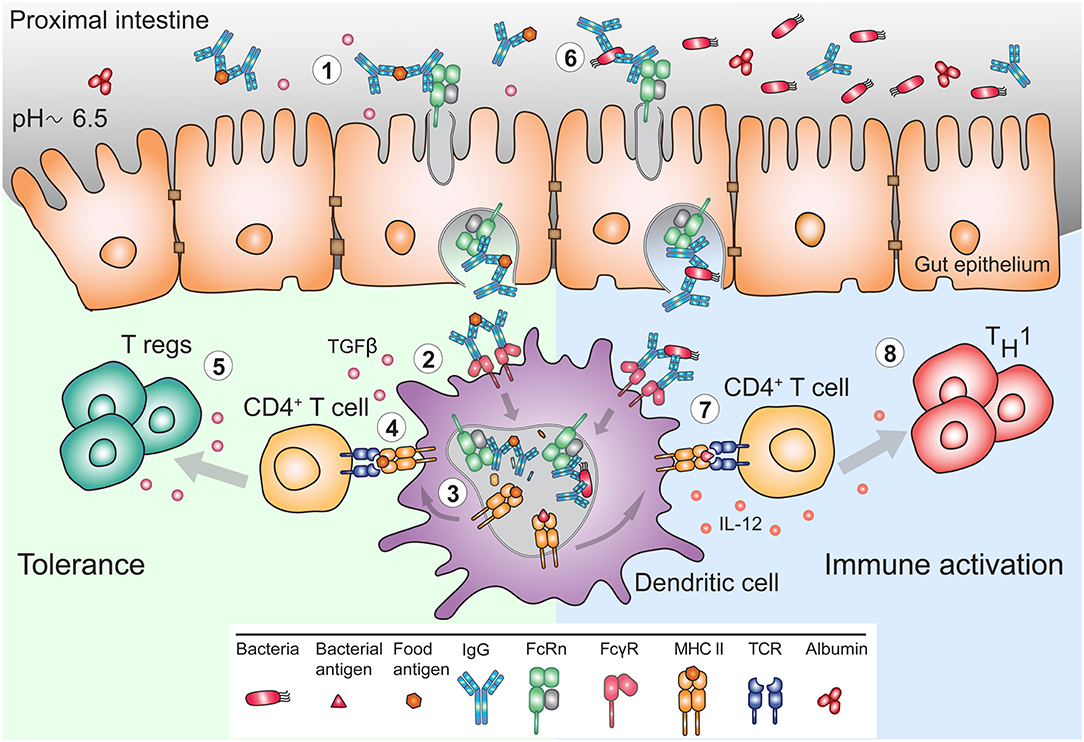


Frontiers The Neonatal Fc Receptor Fcrn A Misnomer Immunology



Binding Affinity Of Fc Mfc 1 B10 9 And 1 D1 15 To Neonatal Fc Download Scientific Diagram



Neonatal Fc Receptor In Human Immunity Function And Role In Therapeutic Intervention Journal Of Allergy And Clinical Immunology



Neonatal Fc Receptor An Overview Sciencedirect Topics
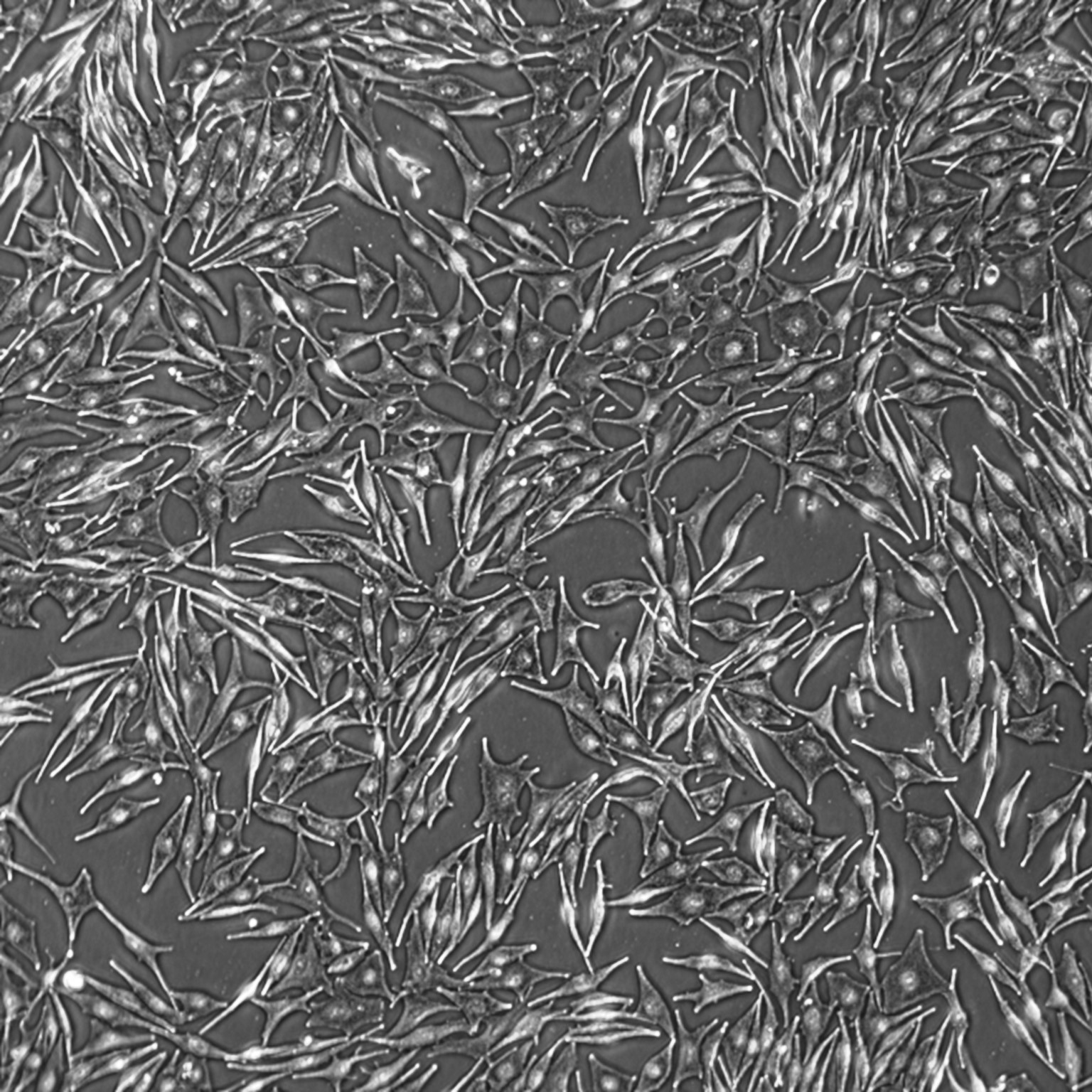


Primary Human Epidermal Melanocytes Neonatal



Targeting The Neonatal Fc Receptor Fcrn To Treat Autoimmunity And Elucidation Of Sites Of Fcrn Function



A Comprehensive Review Of The Neonatal Fc Receptor And Its Application In Drug Delivery Sciencedirect



Structural Basis Of Ph Dependent Antibody Binding By The Neonatal Fc Receptor Structure



Knockout Of The Neonatal Fc Receptor In Cultured Podocytes Alters Il 6 Signaling And The Actin Cytoskeleton American Journal Of Physiology Cell Physiology
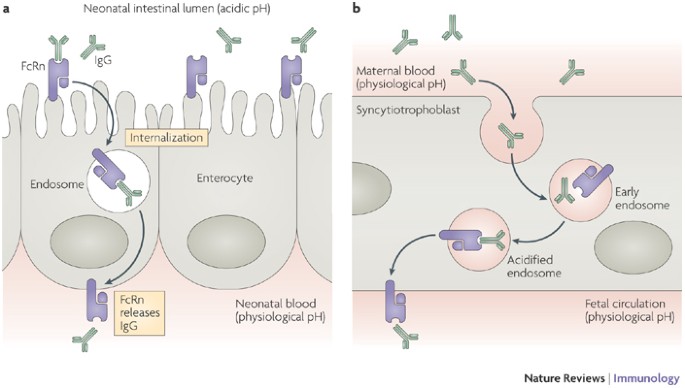


Fcrn The Neonatal Fc Receptor Comes Of Age Nature Reviews Immunology



A Comprehensive Review Of The Neonatal Fc Receptor And Its Application In Drug Delivery Sciencedirect



Figure 4 From The Neonatal Fc Receptor Fcrn A Misnomer Semantic Scholar


Plos One Characterization Of The Interactions Of Rabbit Neonatal Fc Receptor Fcrn With Rabbit And Human Igg Isotypes



Importance Of Neonatal Fcr In Regulating The Serum Half Life Of Therapeutic Proteins Containing The Fc Domain Of Human Igg1 A Comparative Study Of The Affinity Of Monoclonal Antibodies And Fc Fusion Proteins To



Jci Fc Receptors In Immune Thrombocytopenias A Target For Immunomodulation



The Neonatal Fc Receptor Fcrn As A Target For Drug Delivery And Therapy Abstract Europe Pmc



Cross Species Binding Analyses Of Mouse And Human Neonatal Fc Receptor Show Dramatic Differences In Immunoglobulin G And Albumin Binding2 Journal Of Biological Chemistry



The Neonatal Fc Receptor Fcrn As A Target For Drug Delivery And Therapy Abstract Europe Pmc



Neonatal Fc Receptor English Medical Terminology For Medical Students Youtube
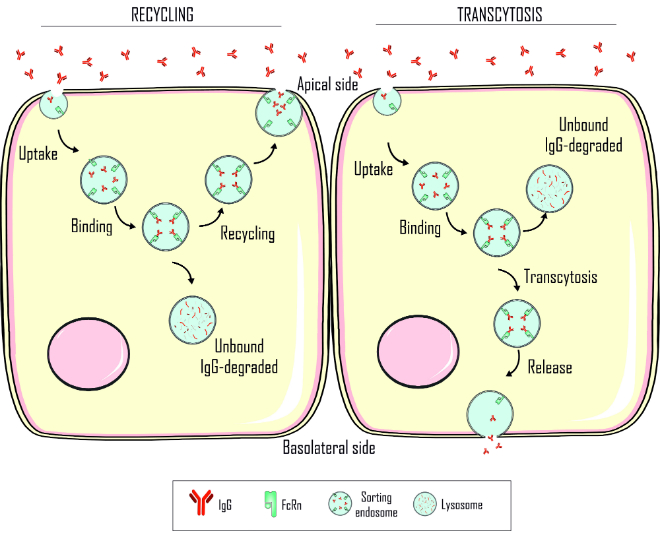


Recent Publications A Comprehensive Review Of The Neonatal Fc Receptor And Its Application In Drug Delivery Www Ineb Up Pt



Importance Of Neonatal Fcr In Regulating The Serum Half Life Of Therapeutic Proteins Containing The Fc Domain Of Human Igg1 A Comparative Study Of The Affinity Of Monoclonal Antibodies And Fc Fusion Proteins To



Neonatal Fc Receptor An Overview Sciencedirect Topics



Properties Of Human Igg1s Engineered For Enhanced Binding To The Neonatal Fc Receptor Fcrn Journal Of Biological Chemistry



Treatment With Anti Neonatal Fc Receptor Fcrn Antibody Ameliorates Experimental Epidermolysis Bullosa Acquisita In Mice Kasprick British Journal Of Pharmacology Wiley Online Library



Immunoglobulin Resorption By The Neonatal Fc Receptor Fcrn In Mucosal Download Scientific Diagram



Proposed Role Of The The Neonatal Fc Receptor For Igg Fcrn In The Download Scientific Diagram



Frontiers The Neonatal Fc Receptor Fcrn A Misnomer Immunology



Transepithelial Transport Of Fc Targeted Nanoparticles By The Neonatal Fc Receptor For Oral Delivery Science Translational Medicine



Selection Of Nanobodies That Target Human Neonatal Fc Receptor Topic Of Research Paper In Biological Sciences Download Scholarly Article Pdf And Read For Free On Cyberleninka Open Science Hub



Interaction Of Plant Produced Antibodies With Neonatal Fc Receptor Ppt Download



Neonatal Fc Receptor In Human Immunity Function And Role In Therapeutic Intervention Journal Of Allergy And Clinical Immunology



Fc Receptor Wikipedia



Tryptophan And Dileucine Based Endocytosis Signals In The Neonatal Fc Receptor Journal Of Biological Chemistry



Pdf Fcrn The Neonatal Fc Receptor Comes Of Age Semantic Scholar



Extending Serum Half Life Of Albumin By Engineering Neonatal Fc Receptor Fcrn Binding Journal Of Biological Chemistry



Conformational Destabilization Of Immunoglobulin G Increases The Low Ph Binding Affinity With The Neonatal Fc Receptor Journal Of Biological Chemistry



Figure 3 From Fcrn The Neonatal Fc Receptor Comes Of Age Semantic Scholar
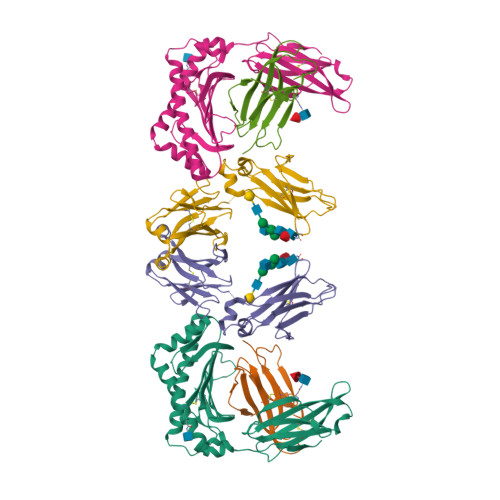


Rcsb Pdb 1frt Crystal Structure Of The Complex Of Rat Neonatal Fc Receptor With Fc



Targeting The Neonatal Fc Receptor In Myasthenia Gravis



A Schematic Illustration Of Neonatal Fc Receptor Mediated Half Life Download Scientific Diagram



Fc Engineering Of Human Igg1 For Altered Binding To The Neonatal Fc Receptor Affects Fc Effector Functions Topic Of Research Paper In Biological Sciences Download Scholarly Article Pdf And Read For



The Neonatal Fc Receptor Fcrn As A Target For Drug Delivery And Therapy Sciencedirect
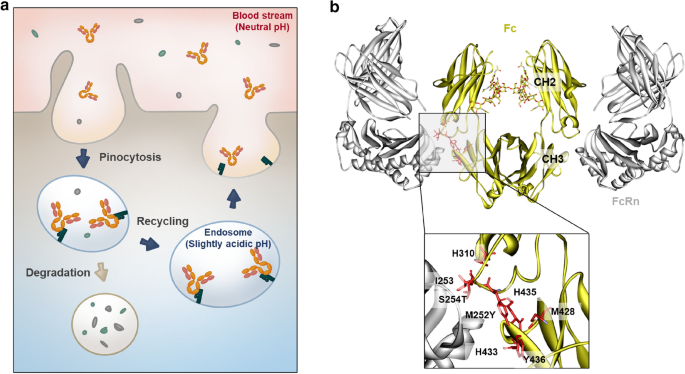


Recent Achievements And Challenges In Prolonging The Serum Half Lives Of Therapeutic Igg Antibodies Through Fc Engineering Springerlink
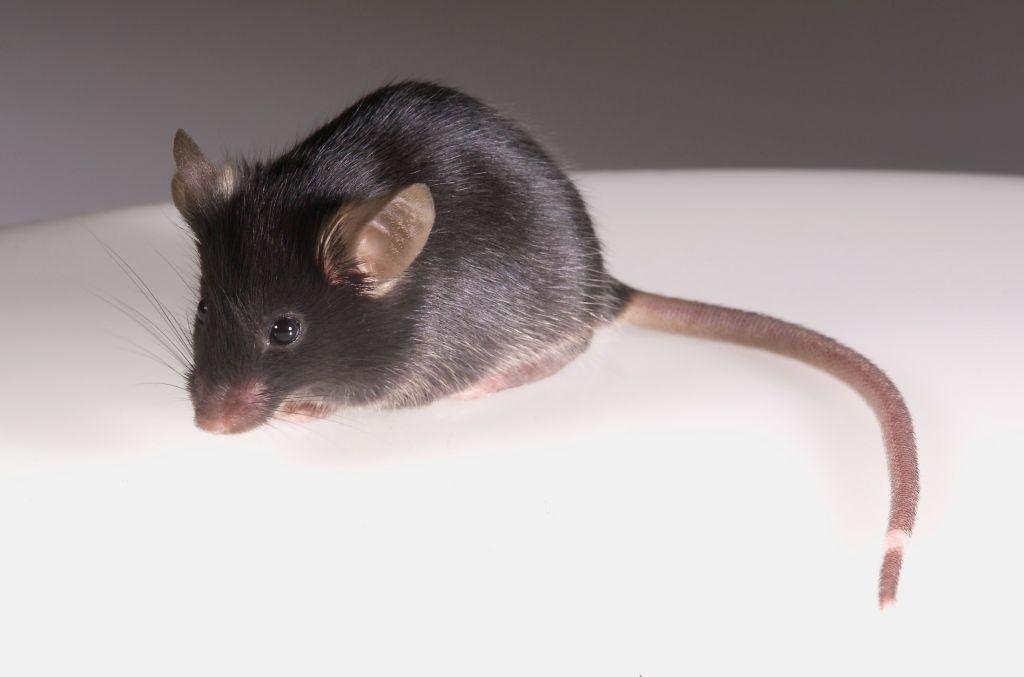


Double Humanized Serum Albumin Neonatal Fc Receptor Mouse Model Animalab



Human Neonatal Fc Receptor Is The Cellular Uncoating Receptor For Enterovirus B Sciencedirect



Generation Of A Double Transgenic Humanized Neonatal Fc Receptor Fcrn Albumin Mouse To Study The Pharmacokinetics Of Albumin Linked Drugs Sciencedirect



Localization Of The Neonatal Fc Receptor Fcrn In Human Glomeruli And Download Scientific Diagram



Neonatal Fc Receptor Fcrn Enhances Intravenous Immunoglobulin Therapy Download Scientific Diagram



Knockout Of The Neonatal Fc Receptor In Cultured Podocytes Alters Il 6 Signaling And The Actin Cytoskeleton American Journal Of Physiology Cell Physiology



Expression Of The Neonatal Fc Receptor In Placental Fetal Endothelium And In Cells Of The Placental Immune System Sciencedirect
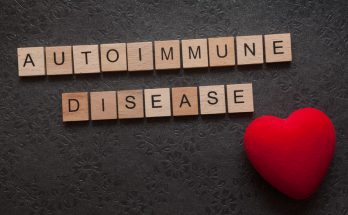


Neonatal Fc Receptor Geneonline News
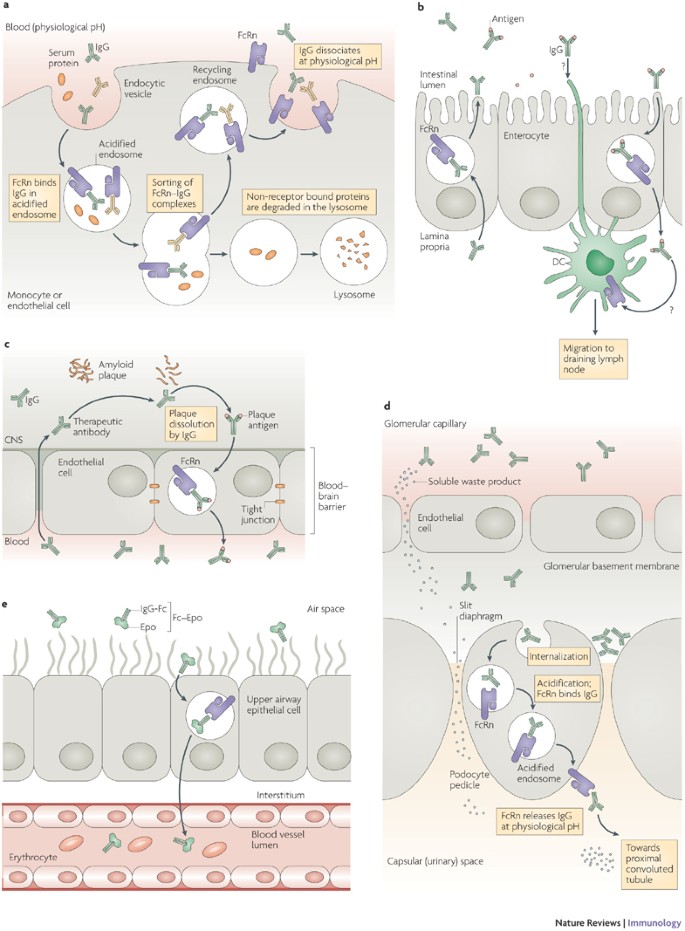


Fcrn The Neonatal Fc Receptor Comes Of Age Nature Reviews Immunology



Structural Insights Into Neonatal Fc Receptor Based Recycling Mechanisms Journal Of Biological Chemistry



0 件のコメント:
コメントを投稿